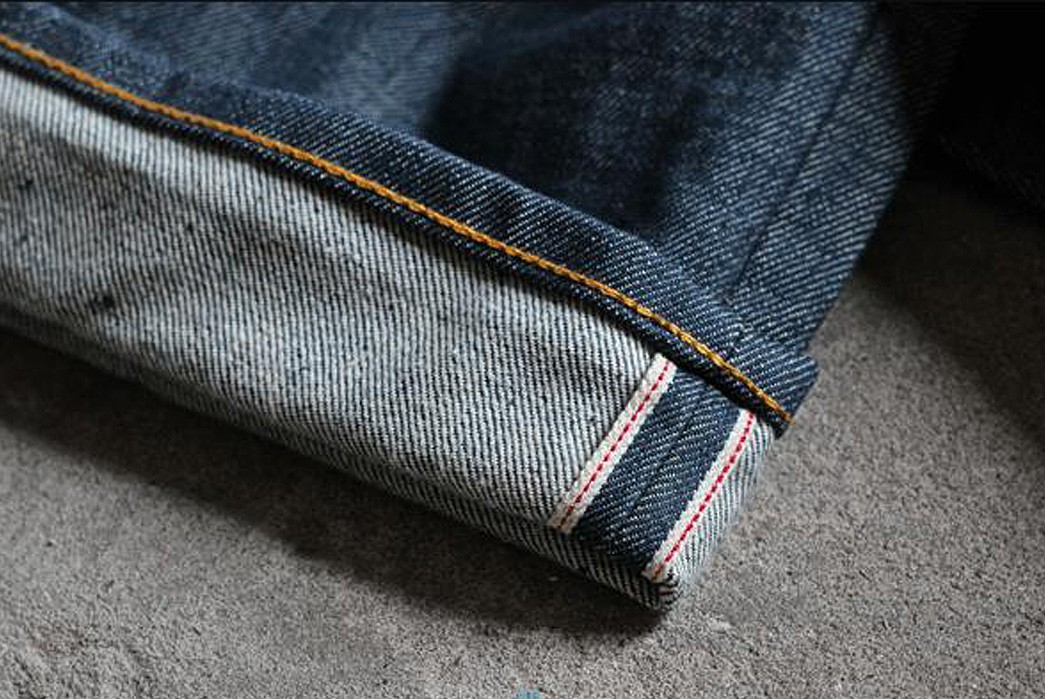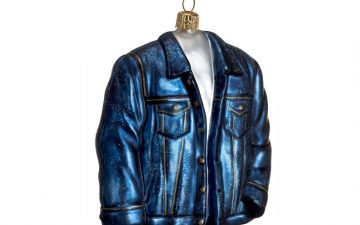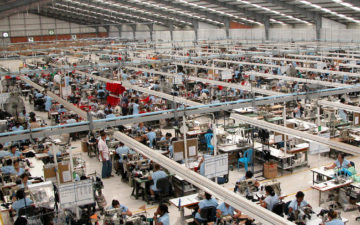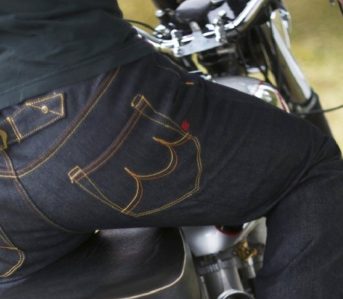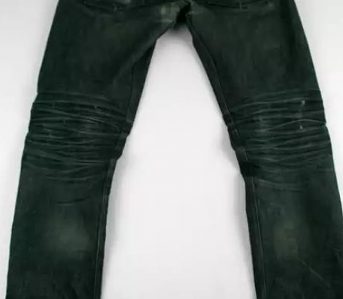Though we’ve previously covered selvedge denim, there is so much disparity between different types, colours, etc. that’s it worth exploring in much more granular detail.
The History
However, before we embark onto some of the specifics of selvedge denim, it only makes sense to start off by exploring its interesting history and roots. It all began with old styled looms in the late 1800’s, when the looms were able to produce tightly woven, heavy denim in narrow and long strips.
Because the denim was so long, in order to maximize the use of the denim, the manufacturer had to weave the fabric all the way to the bound edges of the denim. This was deemed a ‘self-edge’ and it would be done in various colours (particularly red) to differentiate between different fabrics.
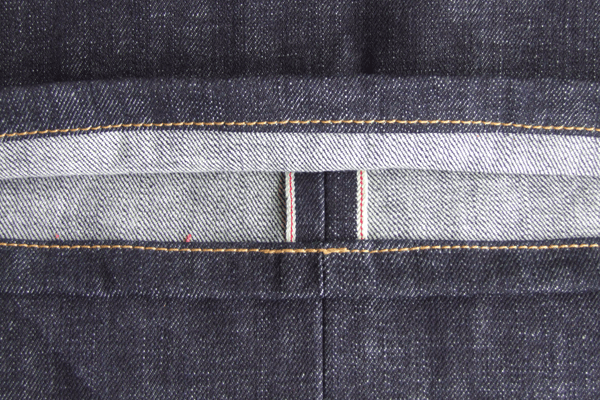
Traditional Red Selvedge With Single Needle Hem
The Present Day
Fast forward a hundred years or so to present day and now brands are using the colours of their selvedge stitching as a sort of brand differentiator. Levi’s for example use a red selvedge stitching, Lee a yellow, Unbranded a blue, Momotaro often a peach thread, Samurai a silver, and Edwin have set themselves apart by utilizing a rainbow coloured stitching. Thus, the purpose of the selvedge’s color has moved from a former indicator of different fabrics to become something of a brand trademark.
The use of these side edges in the denim still saves cutting away fabric, thereby minimizing a good deal of waste denim and diminishing the fabric that would be lost in the crafting process. Furthermore, compared its non-selvedge cousin, the self-edge has a much stronger edge since its less likely to wear out or pull away under the stresses of working conditions (particularly in workwear).
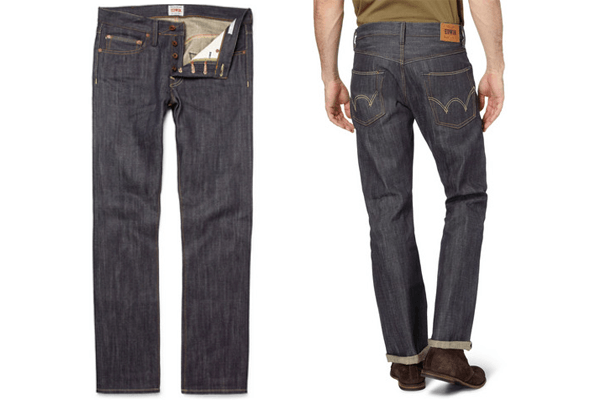
Rainbow Selvedge via Edwin
Raw Denim ≠ Selvedge Denim
Here it’s also important to make one thing clear: raw denim ≠ selvedge denim. Many people confuse the two in thinking they are essentially the same and interchangeable, however there is a difference. “Raw denim” refers to the wash (or lack thereof) while “Selvedge” is the edge.
While it’s not always the case, I’ve found that most raw denim is “selvedge” and not all selvedge denim is raw. This means the edge of a non-selvedge raw denim can pull and come apart much easier than the edges on a selvedge denim will.
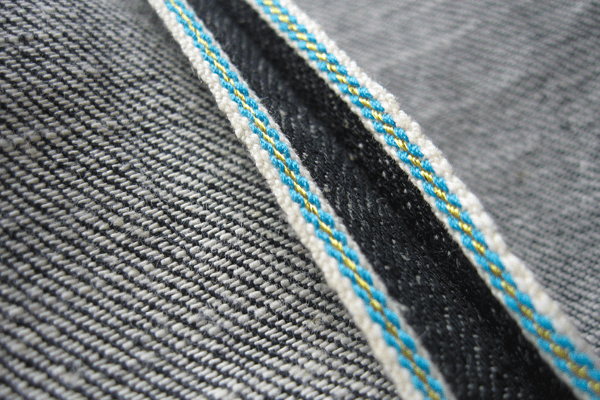
An unknown brand’s Blue-Yellow Selvedge line
Selvedge Denim Doesn’t Always Mean Higher Quality
Despite the apparent quality indicator, it’s also important to bear in mind that while selvedge denim is becoming more and more popular, it does not always equate to higher calibre of denim or craftsmanship, nor justify a higher price tag. To justify paying a premium for denim you’ll want to also be assured of the weight, whether or not the denim is sanforized, of course whether or not the denim is raw, and other factors.
One of the perks around selvedge denim is the tighter, denser weave compared to non-selvedge denims; the density gives the denim a desirable and more authentic feel. The older looms also create subtle variations and imperfections on a jean-to-jean level; more variations make the denim more unique in the eyes of some of the more discerning denim-heads.
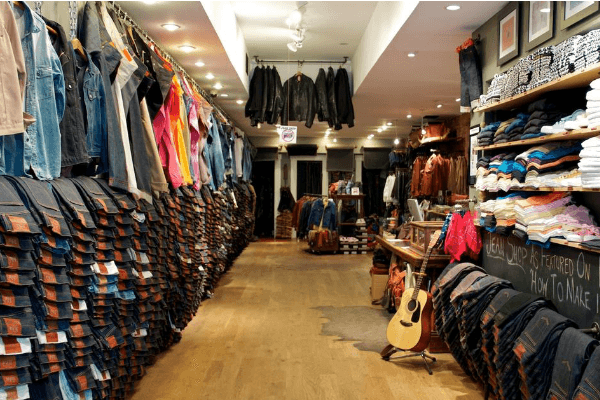
Jean Shop’s Orange Selvedge
In the modern denim market, the Japanese are arguably the world-leaders in high-quality raw denim, especially selvedge denim. The story goes that when American denim mills were modernizing in the 60’s, 70’s, and 80’s, the Japanese bought up all of their old selvedge denim looms and shipped them back to Japan. The craftsmen there learned to master the machines, and the rest is denim history.
